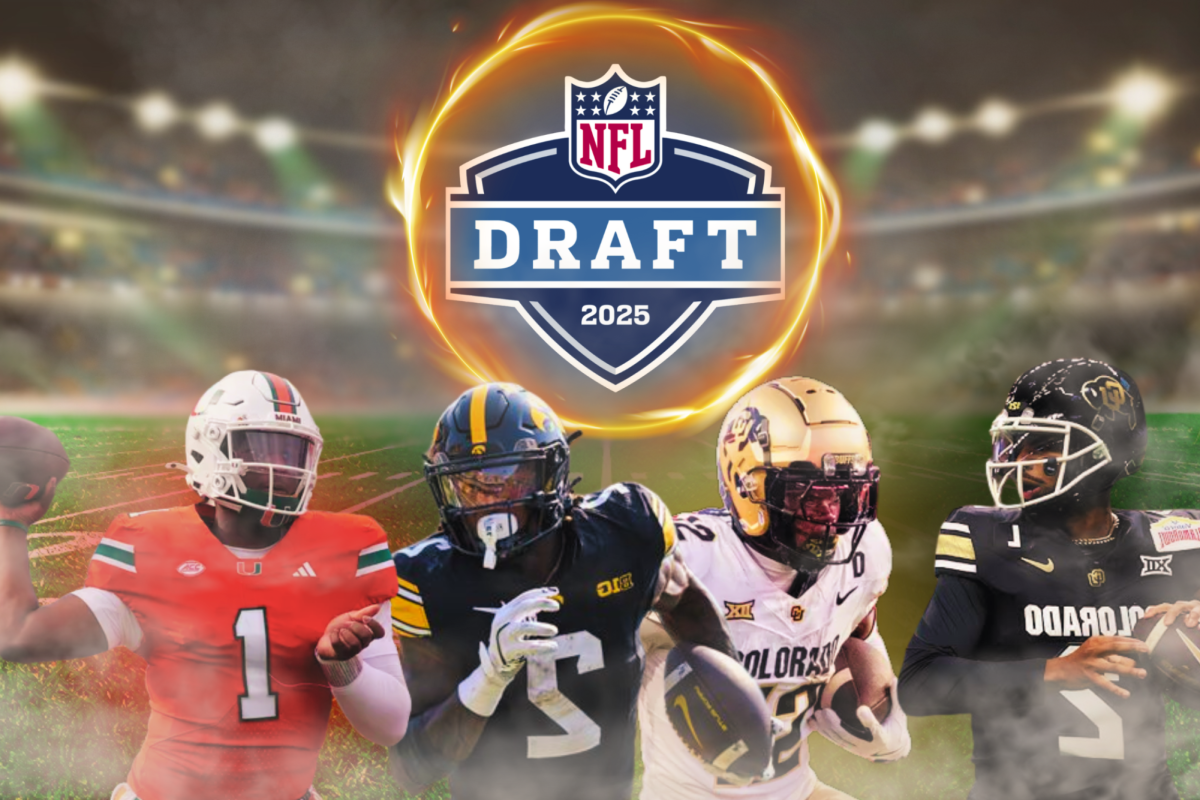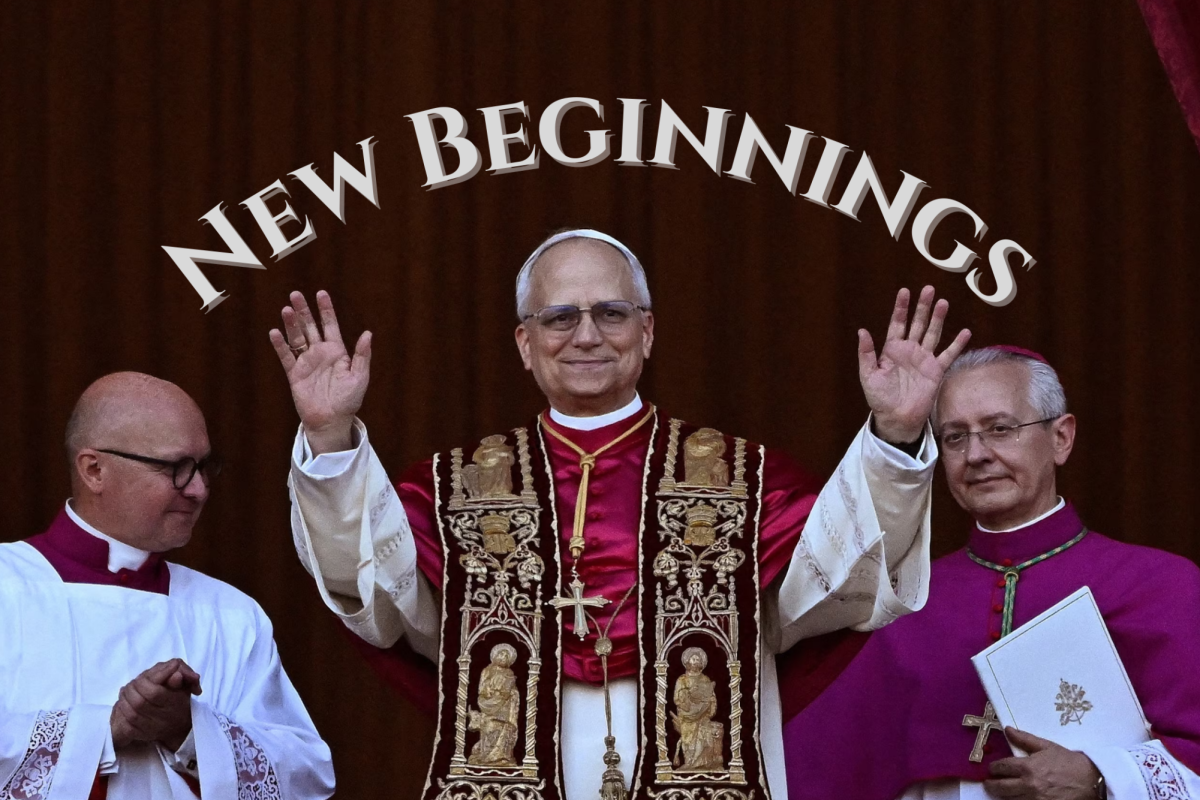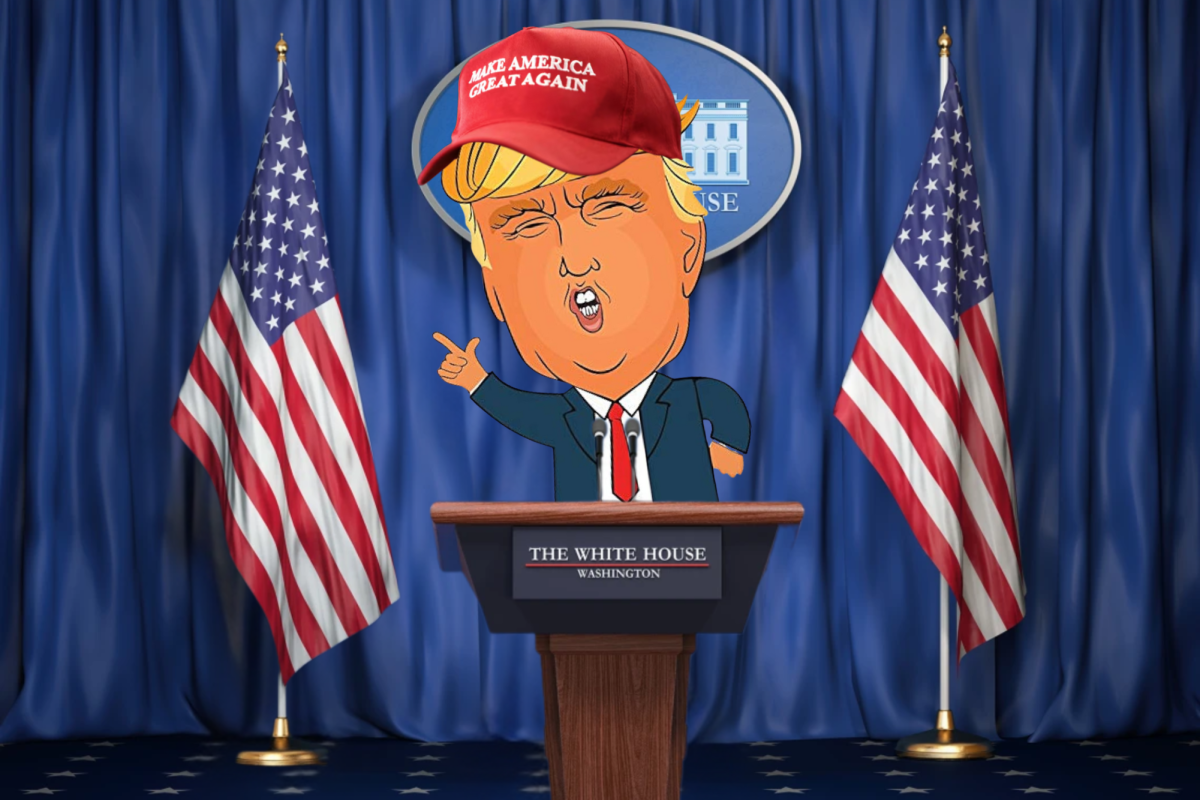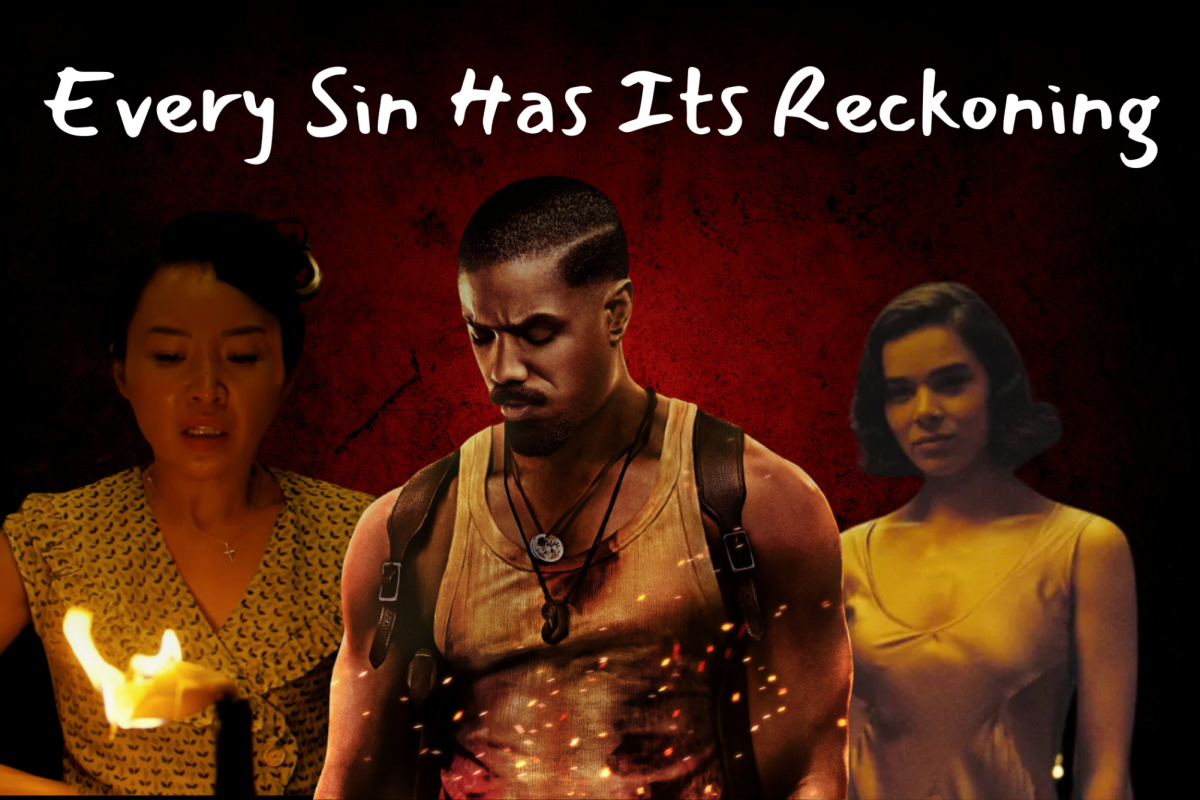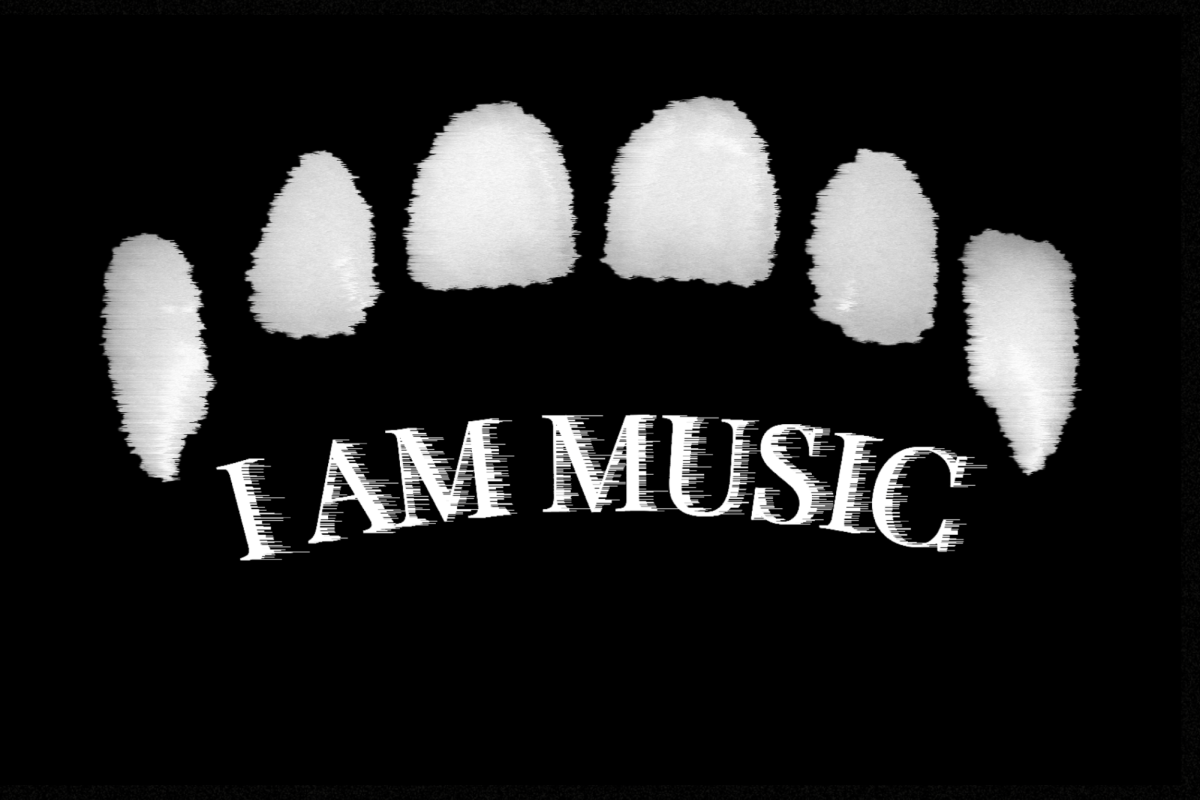World Baseball Classic Stuns Fans, Brings America Back to Baseball
April 6, 2023

This march, the world came together to play The World Baseball Classic, a tournament last played in 2017.
Dubbed the world cup of baseball, the event featured some of the game’s brightest stars like Shohei Ohtani, Mike Trout, Juan Soto, and Jose Altuve.
The games themselves were some of the most meaningful, exciting games the sport has had to offer in its history, something the MLB has been struggling with since the integration of other sports into the American market.
Staggering attendance numbers showed how eager Americans still are to watch a baseball game.
This tournament set attendance records in both Loan Depot Park in Miami (71,289) and Chase FIeld in Phoenix (68,147) comparable to the Diamondbacks’ average attendance of 19,817 and the Marlins’ average attendance of a mere 11,203.
The event left many people wondering why the MLB, whose viewership has steadily been declining, felt dull.
On the side of the MLB, the event tore away the excuse that the American Sports media market was becoming too concentrated making it hard for the MLB to carve out a place in it. Clearly, Americans want to watch baseball, so why is the MLB underperforming? The answer, in my eyes, comes in the form of too many scheduled games.
As has been tradition, the MLB played 162 games in a season.
This absurd amount of games creates zero sense of urgency among casual fans to see their favorite team play as they know the games are meaningless because of the ample amount of games to get back into playoff position.
Games In July, for example, mean very little outside of individual records due to the already established pecking order that is unlikely to change.
This comes in stark contrast to the highly rated World Baseball Classic where single-elimination playoffs and dogfights in pool play had fans on the edge of their seats.
This problem is also exemplified by other sports who play meaningful games at the same time as the MLB.
The NBA playoffs, for example, sap viewership from baseball every year due to the high octane product simply being more appealing to fans.
To fix this glaring problem, the MLB needs to shorten their season.
A season played from late June to early October with playoff games scheduled to not compete with the NFL would drive viewers back to baseball.
If the season was shortened to 80-90 games, each game would be extremely meaningful, must-watch TV for fans everywhere.
Take the NBA, for example. They play an 82 game season where each game feels meaningful.
This year, especially, the western conference has been a log jam with only three losses separating the fifth seed and the tenth seed.
This created a sense of urgency among teams desperately trying to make the playoffs which translated to higher viewership numbers, a long time trend that has been increasing each season.
A lesser amount of games in the MLB would incentivize the league to sell tv rights to national networks who would see an increased return on their investment.
This would be a stark contrast from the horrendous system the MLB uses now where Bally Sports, a regional carrier, restricts viewership of local teams in local markets.
This further alienates fans from a game that was once synonymous with American culture.
A shortened season would bring the MLB back to its former greatness, something the league and fans have been longing for.
The MLB, also, had done an abysmal job of globalizing their product.
The world baseball classic was played in Japan and Taiwan which brought a whole new demographic of fans. Even other sports leagues, like the NBA and NFL, play exhibition games in other countries every year which gives their leagues a world presence.








